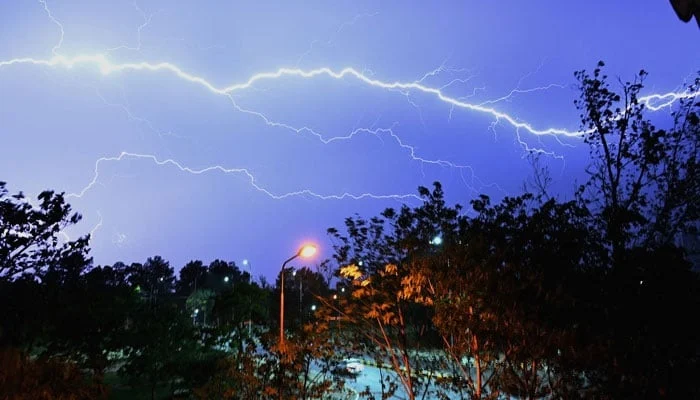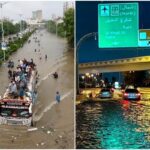You’ve probably heard about lightning-related accidents and property damage during thunderstorms, but are you aware of what lightning is and how to avoid it?
Meteorologists define lightning as an electrical discharge between the Earth and atmosphere. While domestic lightning usually produces a current of one ampere, or 220 volts, atmospheric lightning is much more intense, producing nearly 30,000 amperes.
According to experts, anything immediately beneath a lightning strike is impacted, and a lightning strike that lasts less than thirty seconds can be a sign of danger.
According to officials, at least 65 people have perished in storm-related accidents in Pakistan, including lightning strikes. The rate of precipitation in April has been almost twice as high as it has ever been.
Between Friday and Monday, there were significant downpours that resulted in flash floods and house collapses, and at least 28 people were killed by lightning.
Northwest Khyber Pakhtunkhwa has seen the highest death toll, with 32 fatalities—including 15 children—and more than 1,300 damaged dwellings.
The fall of walls and roofs was the cause of all the injuries, according to Anwar Khan, a spokesman for the province’s disaster management administration, who talked with AFP on Wednesday.







